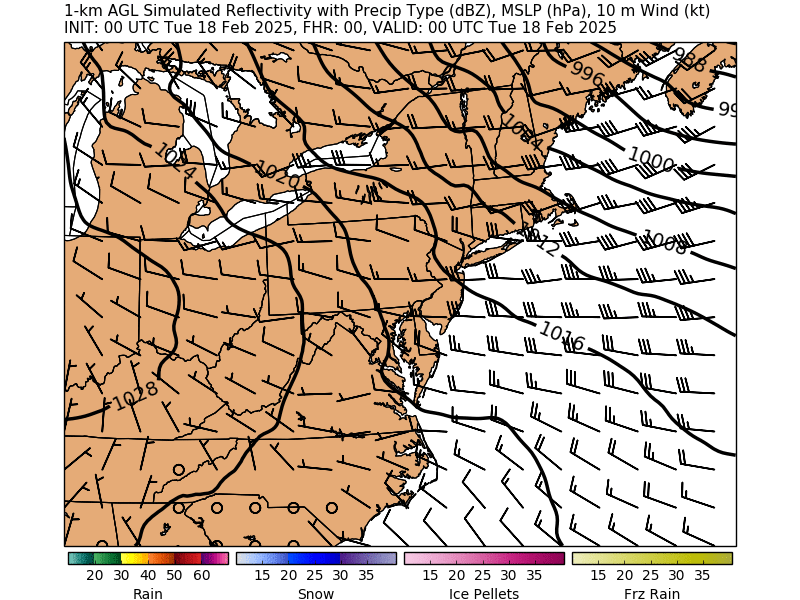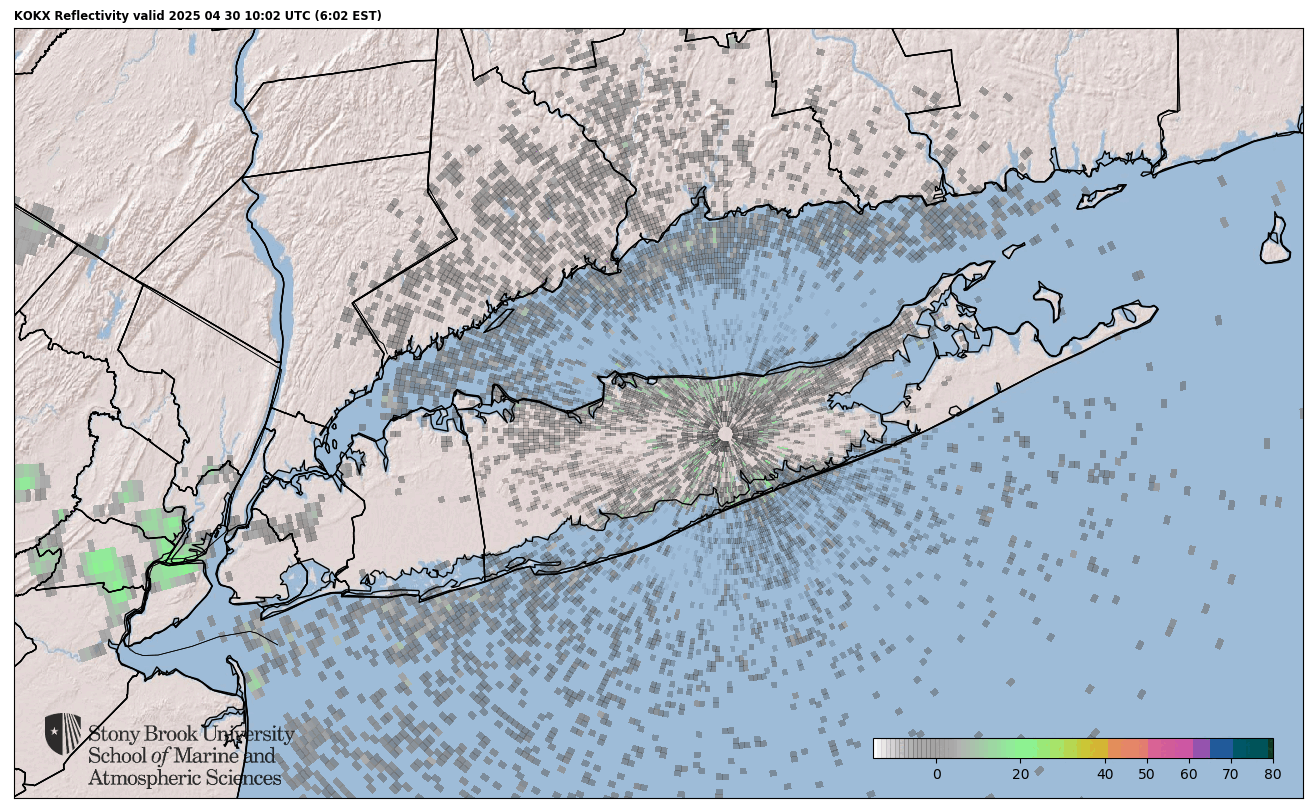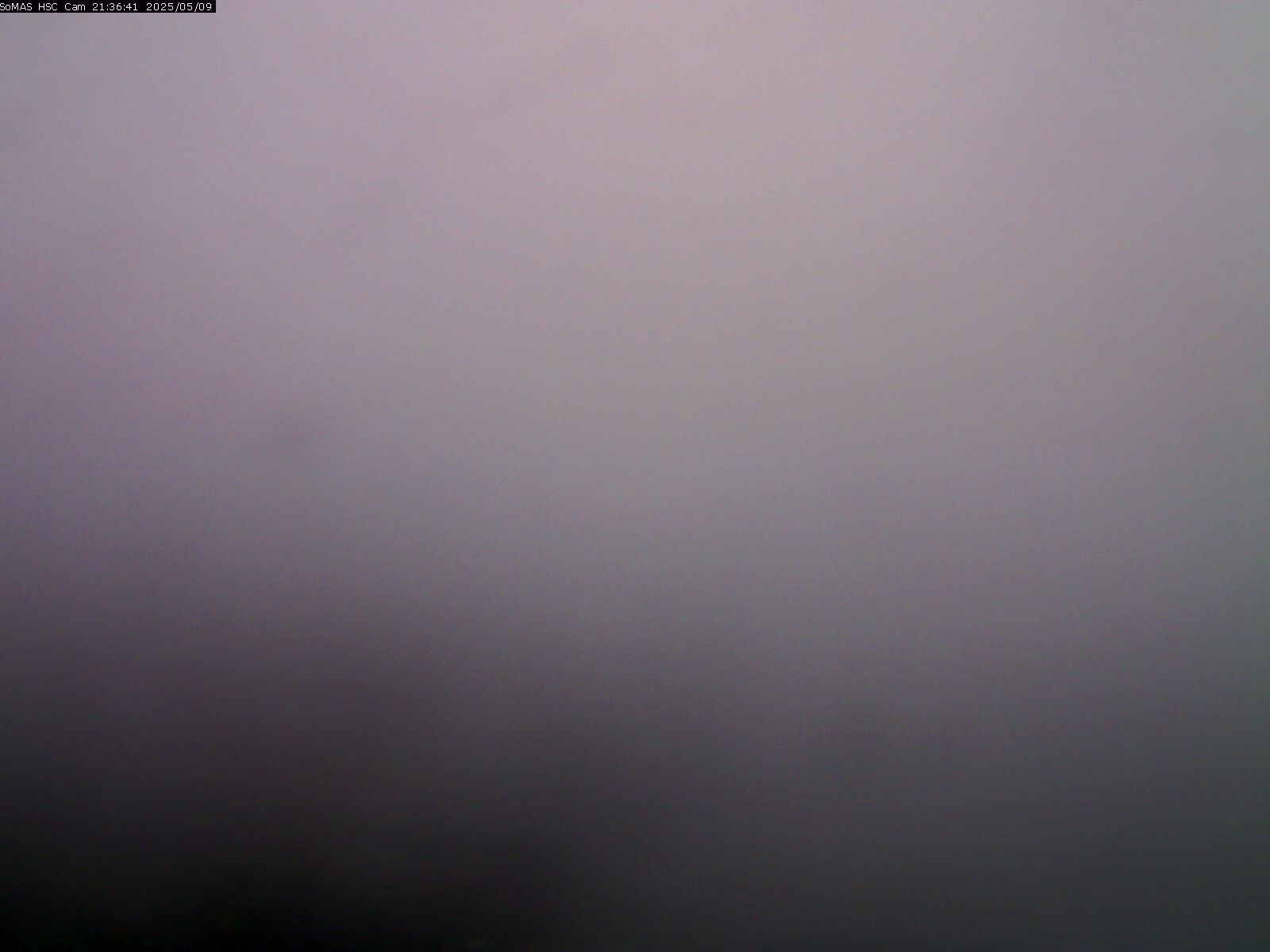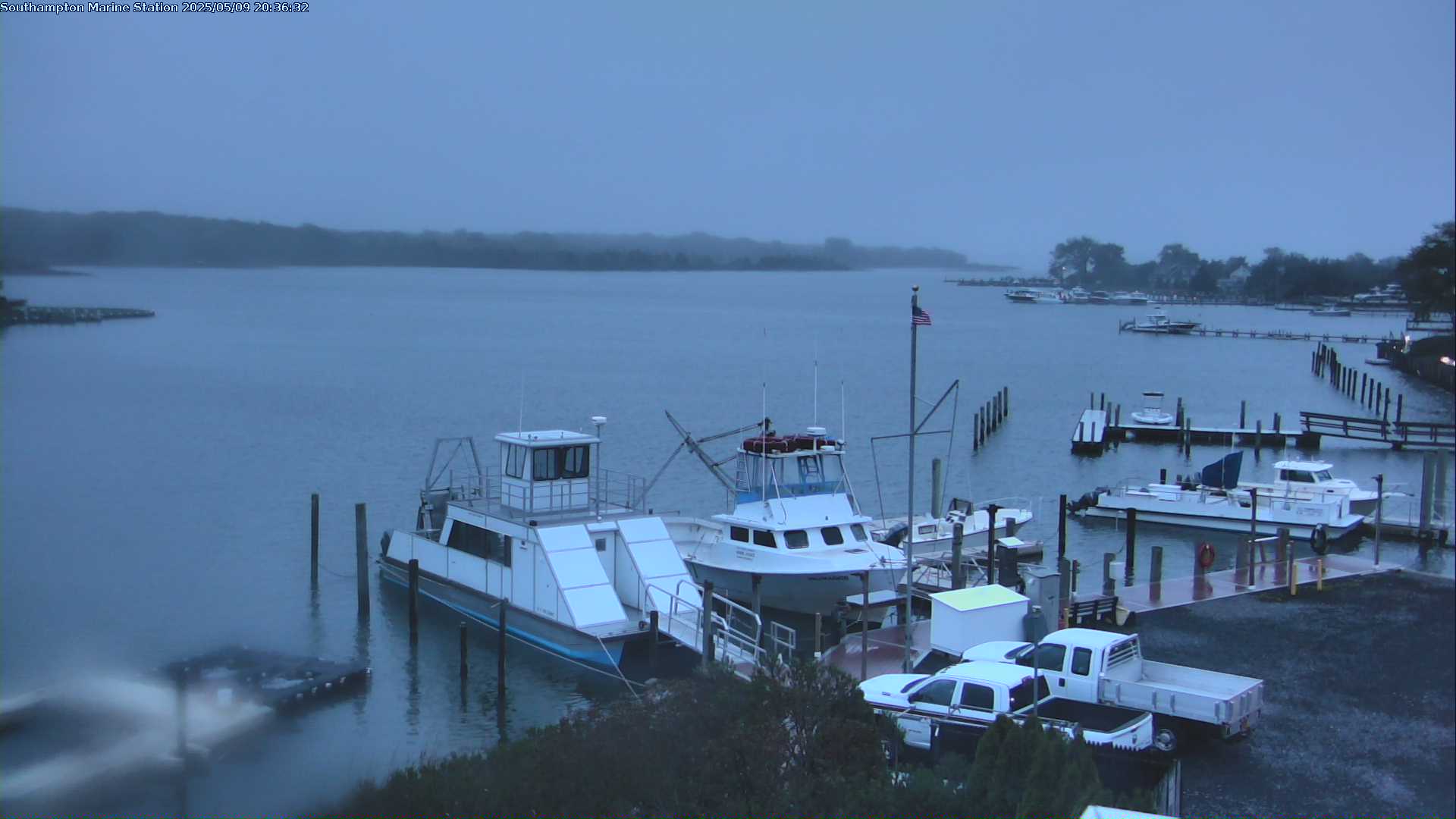Weather and Tides
The School of Marine and Atmospheric Sciences and the Atmospheric Sciences Division with the dutiful assistance of the Instrument Laboratory operate and maintain several real-time data systems across Long Island. This includes three weather stations that provide to-the-minute data of the current conditions. The weather stations are located at the Stony Brook University South P Lot, the Stony Brook University Southampton Marine Station and the Stony Brook University Health Sciences Center. SoMAS also maintains three web cams: two located at the Southampton Marine Station and one on the roof of the Health Sciences Center.
Real-time data from the School of Marine and Atmospheric Sciences, student forecasts
and the Meteorology Club weather connection providing a central location for weather-related
content at Stony Brook University.
LIShore.org
LIShore (pronounced "Ell Eye Shore") provides information on sea and shoreline conditions
for Long Island, New York. LIShore began in 1998 as the Shinnecock Inlet Field Monitoring
Project. From this initial focus on Shinnecock Inlet and Shinnecock Bay, LIShore has
expanded along the South Shore of Long Island.
The School of Marine and Atmospheric Sciences Real Time Data Systems
This site contains real-time data from projects relating to the School of Marine and Atmospheric Sciences, including weather and tide gauge readings.
The WRF-ARW (v3.5.1) forecast model is run twice daily, using the 00z and 12z NAM
and GFS forecasts as initial and boundary conditions.
Storm Surge Research Group
The Stony Brook Storm Surge Research Group is developing a real-time weather and ocean storm surge prediction system which can be used for a variety of purposes. Such uses include hurricane and nor ‘easter flooding predictions and alerts, water quality and effluent dispersion, the feasibility of building storm surge barriers to protect the New York Metropolitan region from storm damage and coastal flooding in an era of global climate change and rising sea level.
Coastal Meteorology and Atmospheric Prediction Group
The COMAP group focuses on improving the understanding and forecasting of meteorological phenomena in the coastal margins of North America.
Collaborative Science, Technology and Applied Research Program (CSTAR)









